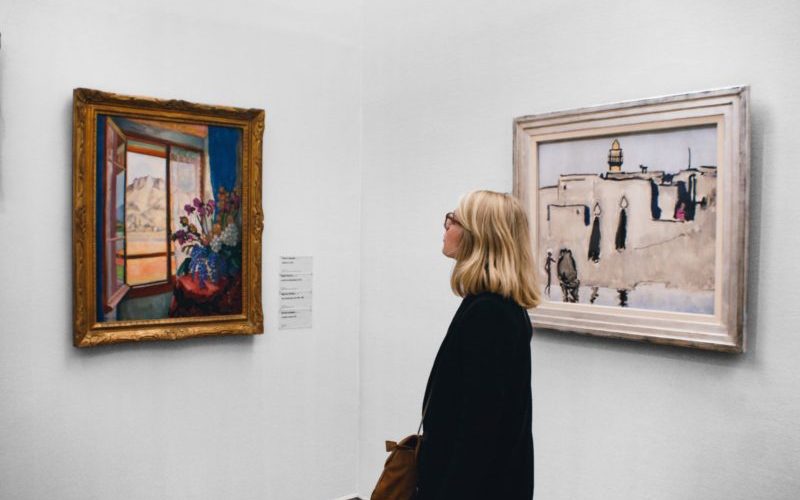What Is the Difference Between Abstract and Representational Art?

The debate about abstract and representational art is as old as art itself. Some people try their best to acknowledge the superiority of one art style over another but to no avail. In essence, comparing different art movements is ineffective, to say the least. Each art form is unique, so it would be more relevant to compare the two to discern the positive qualities of each one. If you wonder what means what in terms of symbolism and characteristics, here is how they differ.
Abstract and representational art: key differences
Let’s start with a more traditional approach to visual arts – representational theory. In a nutshell, it is an artist’s ability to represent reality as it is. The more accurate, realistic, and believable it looks, the more valued such art is. As a rule, objects and forms that representational artists use derive from real subject and object sources. In other words, if you want to create a beautiful painting of a chair, you should depict a chair as well as you can.
Some people assert that realism and perfectionism are the things of the past, the remnants of classical art. Don’t believe it! Representational art is a highly integral element of the world of contemporary art as well. Check hyper- and photorealism as examples!
Abstract art, on the other hand, is non-representational, subjective, and imperfect. To achieve their goals, abstract artists use the language of shapes, forms, lines, and colors. The only difference is that they don’t try to allude to reality. Their art is more like music because it is a combination of the most diverse and sometimes even conflicting dimensions. While realism is about the physical qualities of items, abstractionism focuses on feelings and reactions.
In a historical context, abstract art is much younger than representational art, but it doesn’t make it any better. They are both perfect in their own way. What about you? What do you like more?
